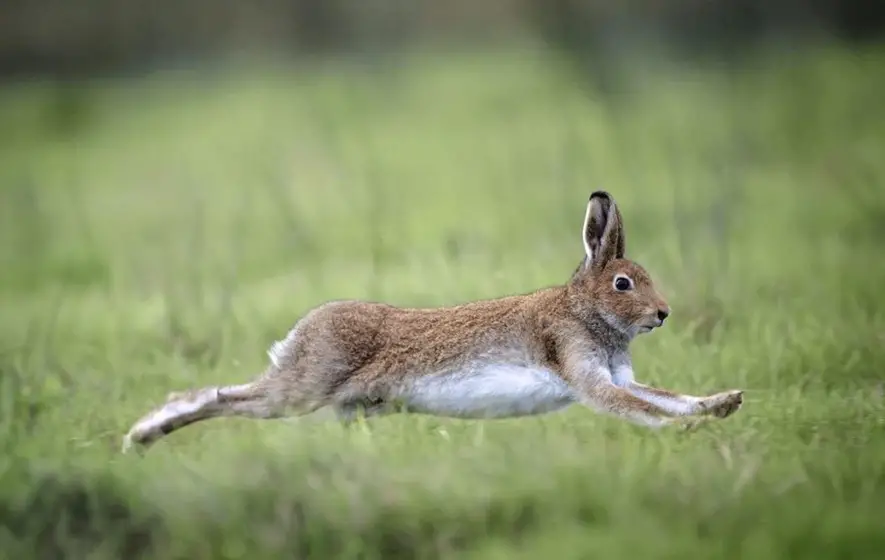National animals show a country’s strengths and core values. This means that the national animal expresses a lot about a country. Countries that don’t have a national animal often do not show the world what is important to them, which is a vital thing to do if it wants to get recognised. Every country has some national symbols that reflect some aspect of its values and strengths. Ireland has various national symbols, including a national animal, a national bird, and a national fish.
We’ve also looked at the national flower of Ireland here.
National Animals – Why do We Have Them?
Using animals to represent humans can be traced all the way back to ancient Totemism. People would worship animals as their ancestors and believed these animal’s had special powers. The importance of national symbols can vary, depending on the strength, history, and political environment of the nation. The symbols can be used to maintain pride and unity in a population.
A country’s national animal will usually be selected based on how it presents certain characteristics or what it wants to be identified with. An example could be a Lion. These animals are known for their strength, courage and being head of the jungle. A country who wants their national animal to be a Lion would be known for being brave and fierce.
What is the National Animal of Ireland?
Ireland is an island in the region of North Atlantic Europe that is divided into two parts, the Republic of Ireland (also called Ireland) and Northern Ireland. Just like every other country, Ireland also has a national animal, though Northern Ireland has no national animal. There has been an ongoing debate about which animal represents Ireland for years. While the Irish hare is considered the national animal of Ireland, it is still very unclear.
Unlike other counties, the national symbols of Ireland are not defined by any official act, they are defined by their usage. Many land mammals have been considered the national animals of Ireland, including:
- Irish Elk
- Red Deer
- Irish Hare
The Irish hare is the only species of lagomorph native to the island of Ireland. Cave fossils have shown that hares were present in Ireland as far back as 30,000 BP. The species is now thought to have continuously inhabited Ireland since before the last ice age.
The hare was not the original idea for the national animal. At first, the Irish elk was chosen as the national animal, an iconic mammal that was found in the whole of Northern Europe. Since they no longer exist, the next animal that was considered for the spot was the red deer. However, the Red Deer is now considered extinct too.
The National Bird of Ireland
A variety of birds have been put forward to be the national bird including the Bohemian waxwing, Eurasian curlew, common swift, northern pintail and the peregrine falcon. However, in the end they decided that the national bird of the Republic of Ireland is the lapwing bird. This was declared by the Irish Wildlife conservancy in 1990.
The national bird of Northern Ireland is the Eurasian oystercatcher. This decision was made un officially by albeit in 1961.
The National Fish of Ireland
The national fish of Ireland is the Northern pike. The northern pike is a species of carnivorous fish of the genus Esox. They are a popular freshwater gamefish known for their greedy carnivorous nature. They have an elongated body and a grey/green color that fades to a yellowish-white belly.
The National Dog Breed of Ireland
While many people believe the Kerry Blue Terrier should be the national dog breed of Ireland, it is actually the Irish Wolfhound. The Irish Wolfhound is a historic sighthound dog breed from Ireland that has substantial size, inspired literature, poetry and mythology.
The mountain hare (Irish hare) is now considered to be the national animal. This animal is not found in any other place, so it is completely unique to Ireland. However, the number of mountain hares are gradually declining and will eventually become extinct. The hare’s population decrease is due to a number of factors, including, the modernisation of agriculture, changes in land use, loss of suitable habitat and, some would claim, hunting and the effects of field sports. In 2020, there were only around 250,000 Irish hares in Ireland and they are now protected by law.
Symbols are everywhere and incredibly important. From famous Irish brands like Guinness, to national flowers and animals, they all weave together to tell our story over decades and centuries.

